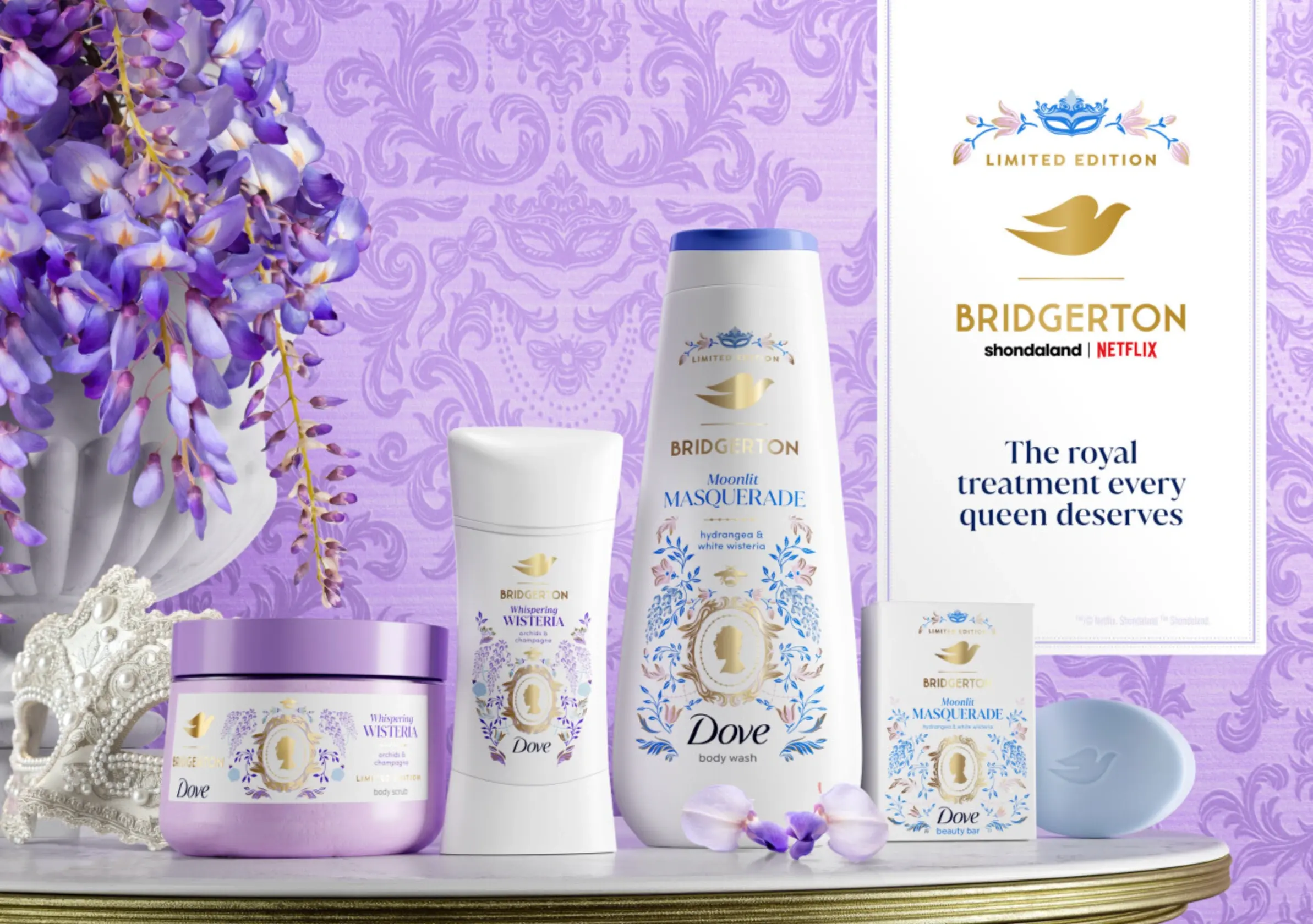Are Hashtags Dead? How To Effectively Use Them on Social Media in 2024.
Updated on
Published on

To hashtag or not to hashtag? That is the question.
Even though people sometimes say they are dead, hashtags are still an important part of any good social media strategy. It is more important than ever to know how to use hashtags on different platforms as we move through 2024. So are they dead? The short answer: No, we definitely should still use hashtags. Hashtags are a crucial resource in your arsenal of digital marketing tools. Because hashtags can be hard to understand, some marketers do not use them to their full potential. There are also experts who say hashtags do not work or are not important, which makes things even more complicated.

Before we talk about how to use hashtags in 2024, let us talk about what they are. Social media users can sort and find content by using hashtags, which are groups of letters and numbers that come after the # symbol. Instagram, Facebook, TikTok, Twitter, LinkedIn, YouTube, and Pinterest are just a few of the popular social media platforms that allow users to include hashtags in their posts, bios, and comments.
The first hashtag to debut on Twitter in 2007 was from Chris Messina. Many social media users and marketers immediately recognize the # symbol as a hashtag, but its official name is an octothorpe, or a number sign and if you're into music, it can mean a sharp note. In the early days of the internet, chatroom users referred to the symbol as a “hash,” a word borrowed from programmer culture. That’s where Messina was inspired to repurpose it on Twitter. Since then, the term hashtag has dominated the modern popular lexicon.
It may be hard to recall the utter chaos of early 2000s social feeds, given the complexity of modern social media algorithms. People were annoyed by the abundance of irrelevant or boring posts and the lack of control they had over the content they saw. Hashtags were invented to help bring order to the social media user experience. Hashtags help people find content that is important to them by putting together conversations that are similar. When a hashtag is posted, it turns into a link that can be clicked on and searched for. For example, when you click on #90saesthetic on TikTok, you can see all videos published on the platform using that hashtag. You can also see the top videos and the overall popularity of the hashtag.
What Is A Hashtag Used For?

Hashtags were first used to organize feeds, but now they can be used for more than that. They now give users the power to spread their message. #MeToo and #BlackLivesMatter are two examples of hashtags that have become so strong that they can start whole campaigns and social movements.
Hashtags aren’t always a force for social change—some viral hashtags are just plain fun, like #cutecats. For brands, hashtags can help social marketers reach niche audiences and build community. Hashtags also help social marketers create viral campaigns, increase brand awareness and reach their business goals.
Hashtags are powerful tools for growing your online presence. Regardless of which social platform you use them on, here are three ways hashtags can benefit your business. First, you can use hashtags to participate in larger conversations or trending topics, which can increase the reach of your posts, spark conversations and attract even more attention. Hashtags are a great way to increase brand awareness. They let you categorize your content so anyone interested in that particular topic can easily find it. Lastly, hashtags connect your posts to specific topics or themes, making it easier for your audience to find, understand, relate to and engage with your content.
Just because a hashtag is popular doesn’t mean it’s the right fit for your brand. Before using a new hashtag, determine your goal (example: increased reach). After you have an endgame in mind, start digging into hashtag research. Here are a few ways to find the right hashtags for your brand. Take advantage of trending hashtags to attract more attention to your posts.

Tips For Using Hashtags
Here are some tips on how to get the most out of hashtags. Using branded hashtags can help your posts get more views, clicks, mentions, and overall reach. Do not use too many hashtags; just use the ones that fit on your post. It is important to keep track of your hashtags to make sure they are having an effect on your social performance.

Tailor hashtags to suit each platform. Here are up-to-date hashtag best practices you can follow to supercharge your content and grow your reach.
- Instagram: Only use 3-5 hashtags at a time. Use hashtags in your posts, comments, and Stories. Only use hashtags relevant to your community and brand.
- Facebook: Only use 1-2 hashtags. Use hashtags in your posts, comments, and stories. Use timely hashtags since many users turn to Facebook for news and events.
- TikTok: Only use 3-5 hashtags. Use hashtags in your videos and stories. Stay on top of emerging, trending hashtags and use them thoughtfully.
- Twitter: Only use 1-2 hashtags. Use hashtags in your Tweets, Retweets, and Replies. Use community-focused hashtags and join current conversations by using popular hashtags and jumping on trends.
- LinkedIn: Only use 2-3 hashtags. Use hashtags in your posts and on your company page. Mix well-known and niche, branded hashtags.
- YouTube: Only use 3-5 hashtags per video. Use 1-2 hashtags in your title and the rest in your description.
- Pinterest: Use hashtags to reach the right audience. Use timely hashtags since users are often on Pinterest to gain seasonal ideas. Make sure your hashtags are relevant to your Pin.
Here's a roundup of effective strategies for utilizing hashtags: Firstly, tapping into internet trends by incorporating trending hashtags like #quietluxury can infuse your content with relevance and virality. Secondly, creating a unique hashtag for events facilitates engagement and allows for easy tracking of participant interactions. Thirdly, combining branded and general hashtags, as exemplified by #HubermalLabPodcast, can extend your reach while maintaining brand identity. Lastly, tagging your location with relevant hashtags like #Miami caters to local audiences, especially pertinent for businesses targeting specific geographic regions or interests. By incorporating these tactics into your content strategy, you can foster community engagement, bolster brand awareness, and achieve your social media objectives effectively.







